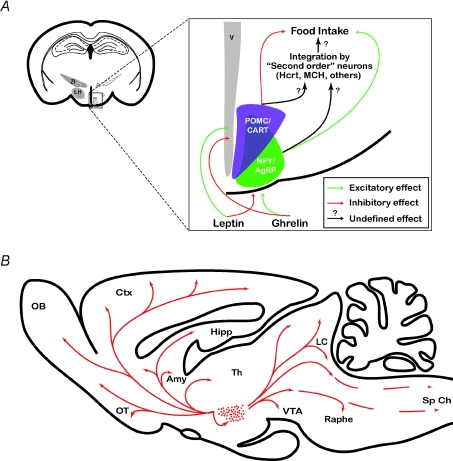Figure 1. Hypothalamic circuits regulate energy homeostasis.
A, schematic drawing of a coronal section through the entire rat brain showing the lateral hypothalamus (LH) and the zona incerta (ZI) and a magnification of the arcuate nucleus showing neuropeptide Y (NPY)/agouti-related protein (AgRP) and proopiomelanocortin (POMC)/cocaine- and amphetamine-regulated transcript (CART) neurons. Peripheral signals (leptin, ghrelin) directly regulate the activity of arcuate nucleus through the median eminence, which lacks a brain blood barrier. Leptin inhibits NPY/AgRP neurons and activates POMC/CART neurons whereas ghrelin has the opposite effect (Abizaid & Horvath, 2008). These neurons project to mutiple brain regions including the lateral hypothalamus where signal is further processed and integrated into coherent feeding behaviour. B, schematic drawing of a saggital section through the rat brain showing the neuroanatomical organization of the Hcrt system. Dots indicate the relative location and abundance of Hcrt-expressing cell bodies. Arrows point out some of the more prominent terminal fields including the (noradrenergic cells of the LC), histaminergic neurons of the posterior hypothalamus, cholinergic cells of the basal forebrain, serotonine-procuding neurons of the raphe and dopaminergic neurons of the VTA. Abbreviations used: Amy, amygdala; Ctx, cortex; Hipp, hippocampus; LC, locus coeruleus; ME, median eminence; OB, olfactory bulb; OT, olfactory tubercule; PP, posterior pituitary; Sp Ch, spinal chord; Th, thalamus; VTA, ventro-tegmental area; LH, lateral hypothalamus; V, 3rd ventricle; ZI, zona incerta.

